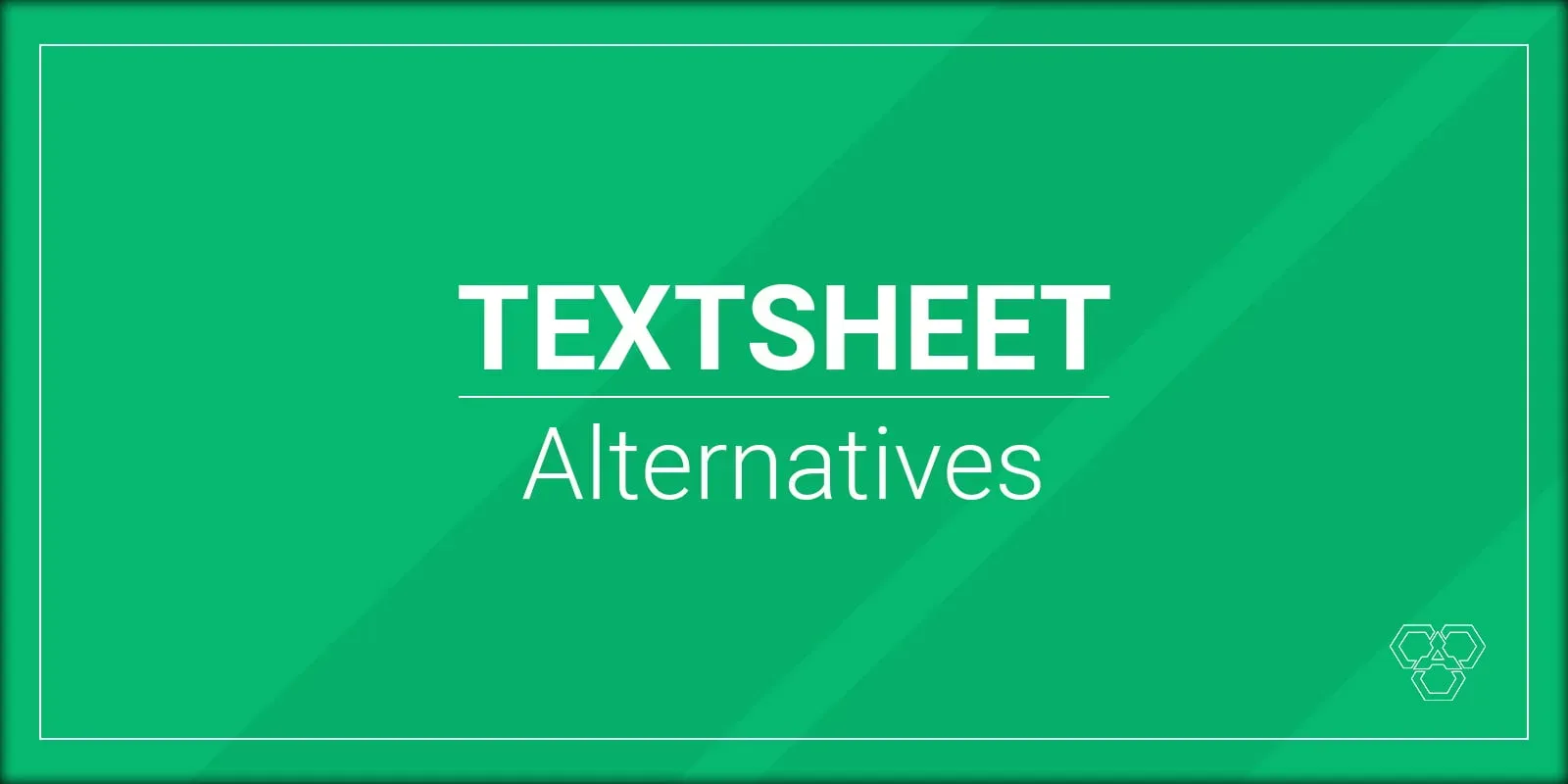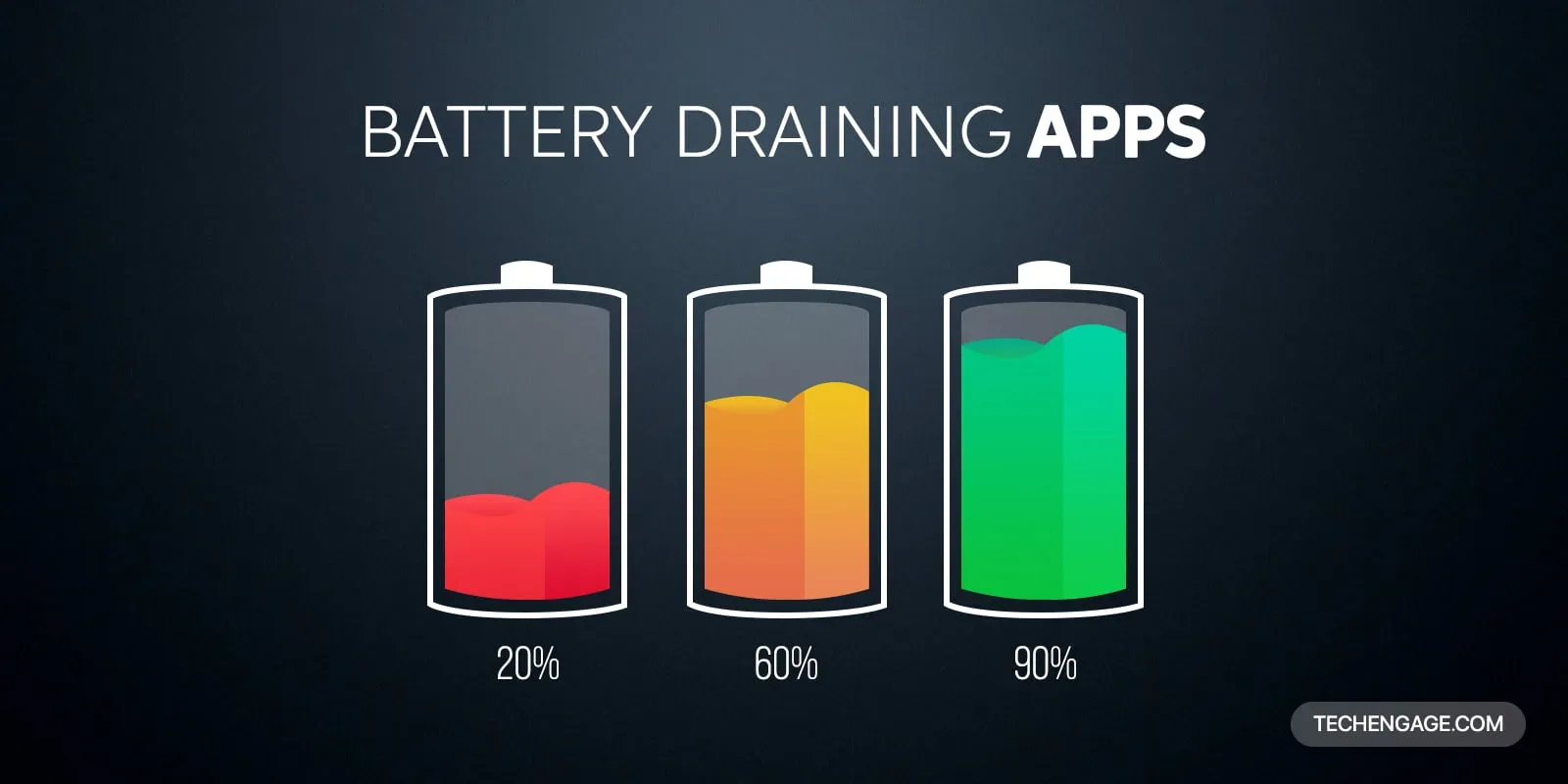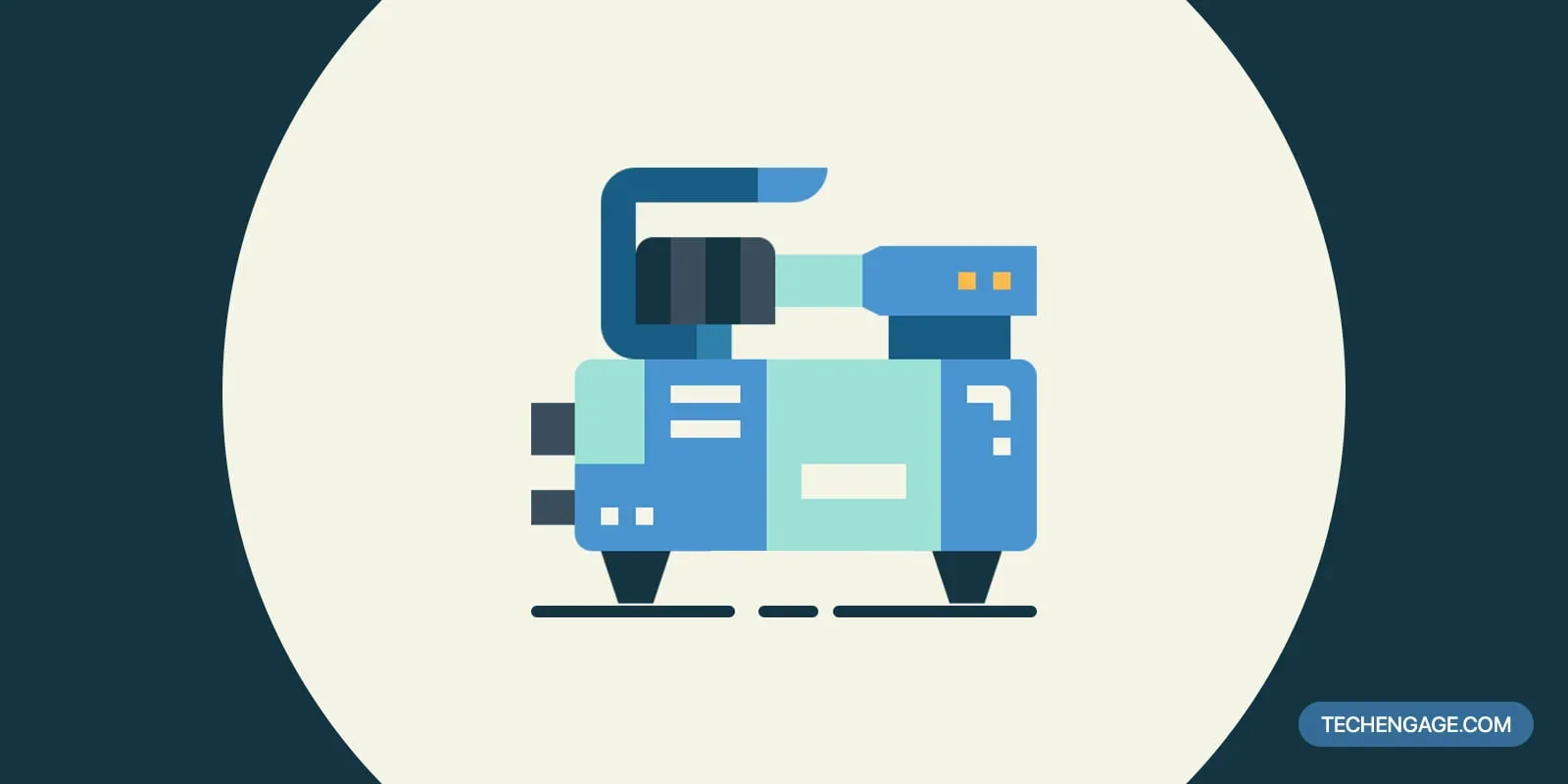When it comes to using the Internet or social media to cope with medical conditions, Pinterest isn’t the first platform that comes to mind. But new research from Virginia Commonwealth University titled “Pinning to Cope: Using Pinterest for Chronic Pain Management” and published in the journal Health Education & Behavior shows that that’s precisely what chronic pain patients are using to deal with their illness.
The opioid epidemic, which is a problem particularly in the U.S., has brought the issue of chronic pain into the light as more and more people have been prescribed addictive substances to treat it. These painkillers have led to overdoses and deaths around the country and doctors and patients now face great judgment when prescribing and taking the drugs, respectively.
The National Institutes of Health estimates that one out of every five U.S. adults experiences what they consider chronic pain. They have also claimed that 11 million U.S. adults experience High Impact Chronic Pain (HICP), “a new concept that describes those with pain lasting three months or longer and accompanied by at least one major activity restriction.”
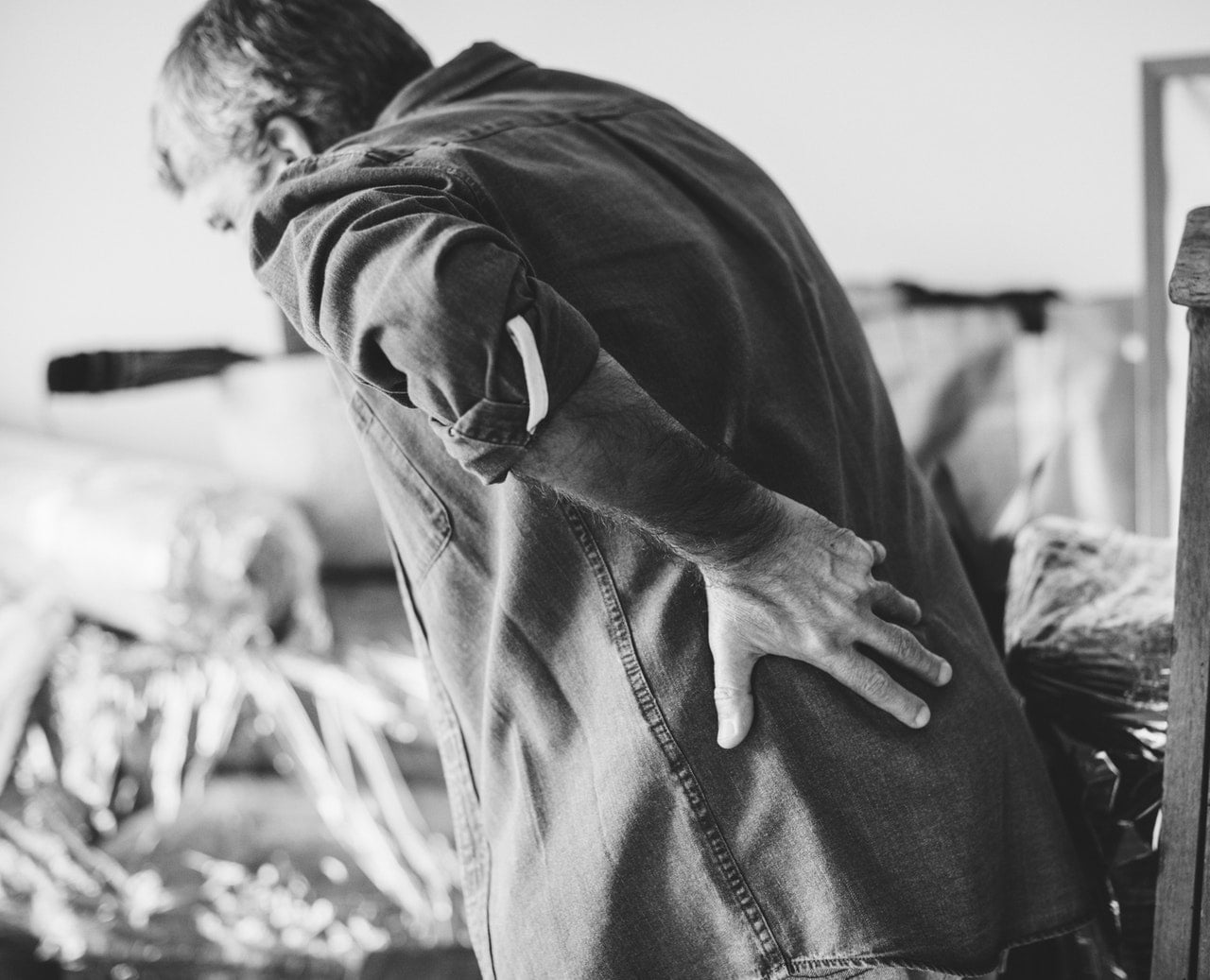
It’s clear that chronic pain sufferers require new ways of coping. Of course, no social media platform is going to take the place of a painkiller or other medical intervention, but people have long turned to these platforms to find both advice and support.
While the researchers knew that social media played an important role for patients, visual platforms like Pinterest hadn’t been studied at the same rate as Facebook. To get a grasp of how people use Pinterest, they studied 502 Pinterest posts related to chronic pain. The posts included health beliefs, social constructs about pain, advice or inspirational material offering social support, as well as recommended coping mechanisms.
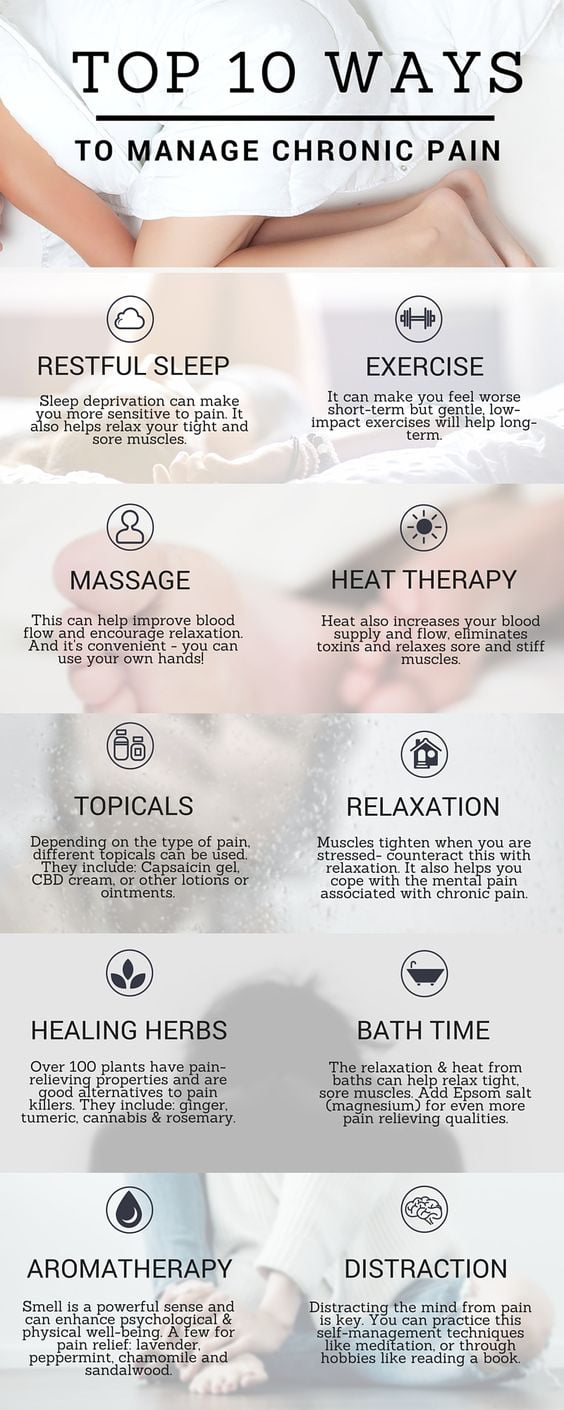
The researchers said that almost all (98.6%) of the Pins they analyzed mentioned the severity of a poster’s (or re-Pinner’s) chronic pain. One-third (32.9%) talked about the importance of self-care, with 10% expressing difficulties related to self-care.
According to a EurekAlert press release “Tips for chronic pain management were present in 35.3 percent of posts, while tips for caregivers or friends were present in 17.9 percent.”
The researchers also report that about 22% of Pins mentioned a poster’s specific disease, with fibromyalgia mentioned most frequently (13.3% of the time), followed by arthritis (6.4% of posts). Almost half of the samples analyzed referred to specific coping mechanisms while 22.9% were primarily a user venting about their pain. 14.9% of posts were an attempt at humor while only 5% we categorized as accepting of chronic pain as a fact of life.
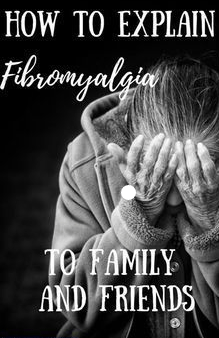
It’s clear that Pinterest is a platform that health professionals and patient advocates can pay more attention to if they want to gain insight into how chronic pain patients are coping with their situations as well as the information that gets shared most often. It will be particularly important if this information is found to be low-quality or non-evidence-based.
Knowing that pain sufferers use Pinterest is also helpful for health care organizations and a means through which they can spread evidence-based information. Unfortunately, at the moment, few health organizations use the platform for education, but that could change with this new data. The study reports that chronic pain sufferers are more likely to isolate themselves and often use the Internet for informational and emotional support.
The researchers said:
“Pinterest is used by organizations like the Centers for Disease Control and Prevention and the World Health Organization but not nearly as much as, say, Facebook and Twitter. But knowing that this conversation about chronic pain is taking place on Pinterest, health communication professionals should consider using Pinterest [more] because they can really reach out to the people who are trying to manage chronic pain.”
This might be an especially useful platform for educating women since they comprise 80% of Pinterest’s 250 million users.
According to Harvard Health, 70% of chronic pain patients are women and yet 80% of pain studies are conducted on male mice or human men. A study about gender and pain found that women tend to feel it both more often and more intensely than men.
The VCU study also found that Pinterest posts about chronic pain had a higher level of engagement than other health posts, except for those related to depression.
The researchers are also hopeful that Pinterest can provide a place for chronic pain sufferers to post about healthy coping mechanisms and support one another.
The next step will be convincing health organizations to tune in and provide the best tools for that purpose.

